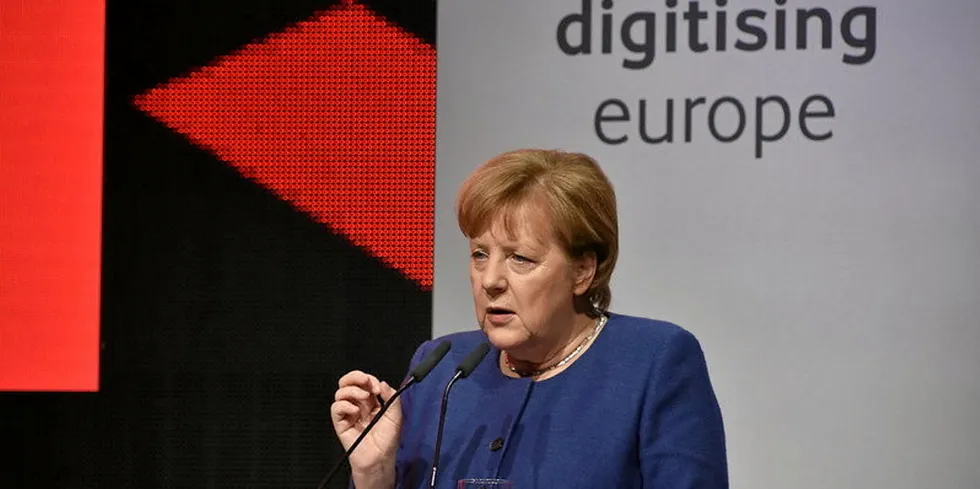Renewables build-out 'not enough' to meet Paris targets without CCS and hydrogen
Wood Mackenzie report says decarbonising heavy-emitting capital stock needed to steer away from global heating of 2.8℃- 3℃ by 2050

Wood Mackenzie report says decarbonising heavy-emitting capital stock needed to steer away from global heating of 2.8℃- 3℃ by 2050
